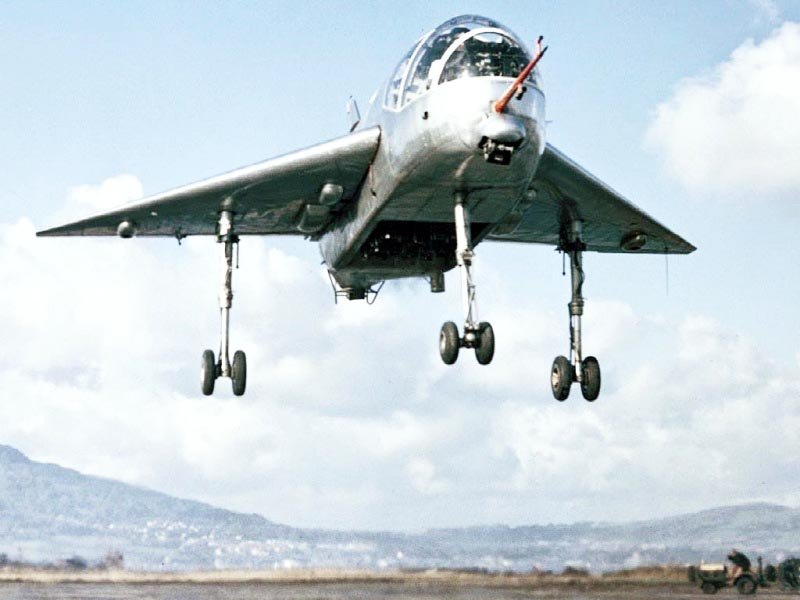Short SC.1 (experimental)
For years, the idea of having an aircraft that could take off and landing in short distances and could maintain the operational capabilities of a conventional aircraft hovered around the heads of aeronautical engineers. At the beginning of the 50s several projects began to emerge, but one of the most outstanding model was the Short SC.1. In this aircraft, four Rolls Royce RB-108 turbojets were installed vertically to lift the aircraft from the ground, and another was mounted to boost horizontally. The SC.1 had a fixed undercarriage composed of three legs with heavy-duty long stroke oleos. The rear legs could move up to 15º to accommodate the type of flight. The first SC.1, designated as XG900, made its maiden flight on April 2, 1957, and it was a conventional flight. In April 1960, it managed to carry out the first successful VTOL flight, and since then, the aircraft continued its trials, providing valuable data to continue with the development of this type of flight. In 1971, the lonely SC.1 that was still operational, (because XG905 prototype had an accident in 1963), was retired from service and is now displayed at the Science Museum at South Kensington, London.
Short SC.1 gallery and more info
